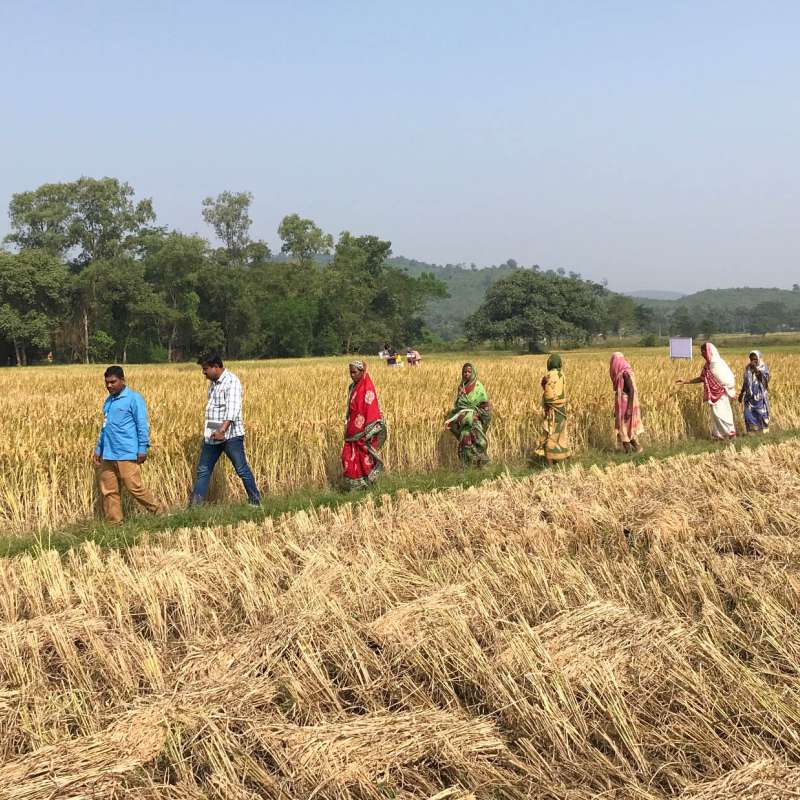Johannes Deelstra
Seniorforsker (pensjonistavtale)
(+47) 926 99 501
johannes.deelstra@nibio.no
Sted
Ås - Bygg O43
Besøksadresse
Oluf Thesens vei 43, 1433 Ås (Varelevering: Elizabeth Stephansens vei 21)
Forfattere
Lillian Øygarden Åsmund Kvifte Jannes Stolte Sigrun Hjalmarsdottir Kværnø Marianne Bechmann Johannes DeelstraSammendrag
Det er ikke registrert sammendrag
Sammendrag
Det er ikke registrert sammendrag
Sammendrag
Det er ikke registrert sammendrag

